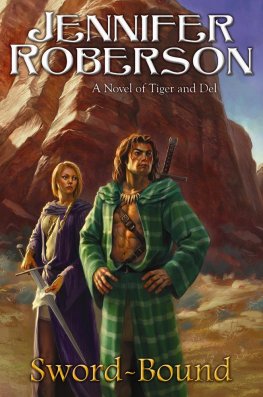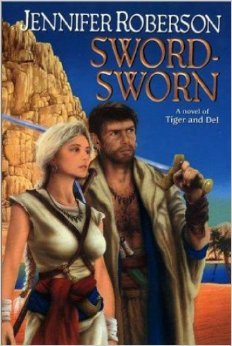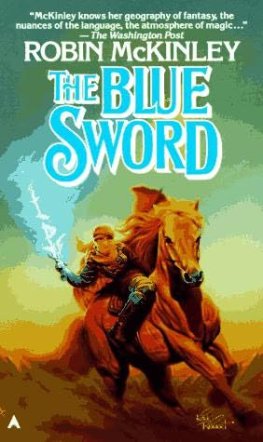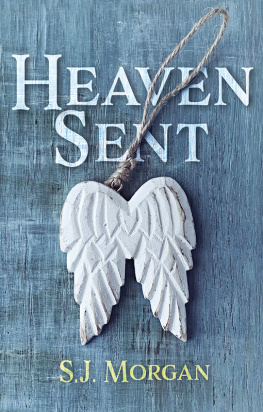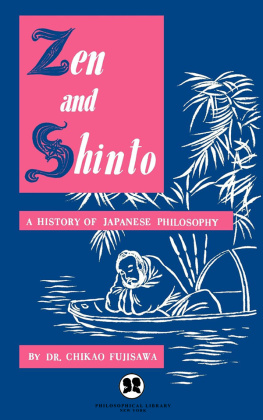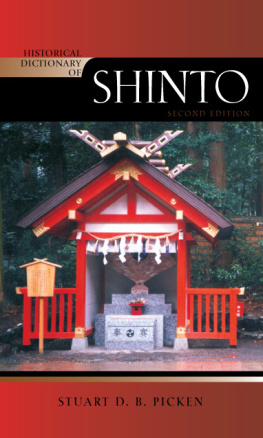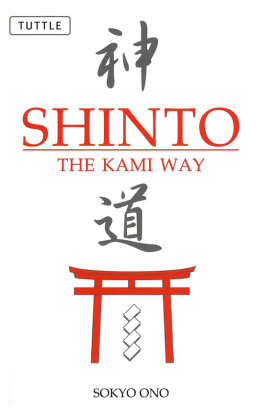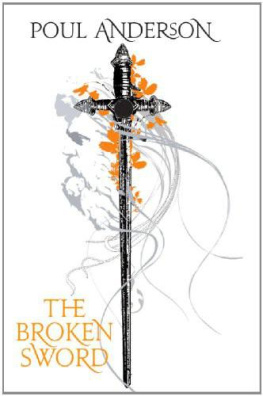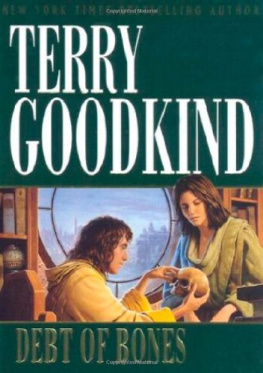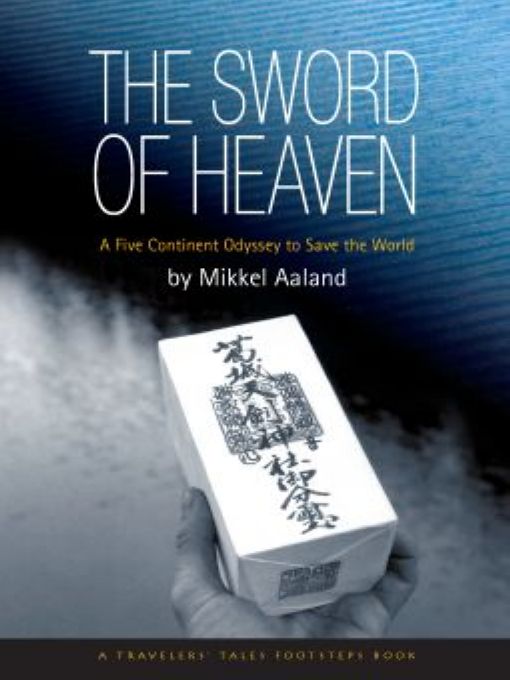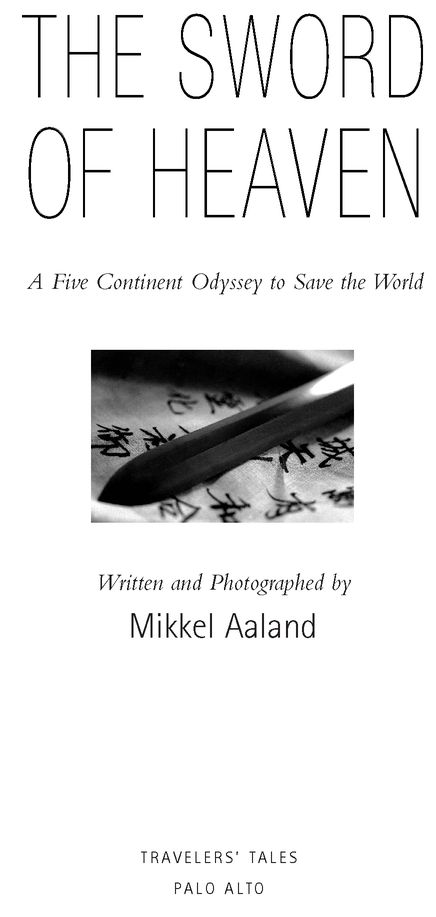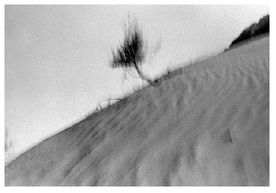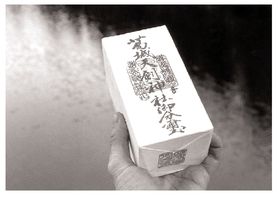Table of Contents
Travelers Tales Books
COUNTRY AND REGIONAL GUIDES
America, Antarctica, Australia, Brazil, Central America, China, Cuba, France,
Greece, India, Ireland, Italy, Japan, Mexico, Nepal, Spain, Thailand, Tibet,
Turkey; Alaska, American Southwest, Grand Canyon, Hawaii, Hong Kong,
Middle East, Paris, Prague, Provence, San Francisco, South Pacific, Tuscany
WOMENS TRAVEL
100 Places in Italy Every Woman Should Go, 100 Places Every Woman Should
Go, The Best Womens Travel Writing, A Womans Asia, A Womans Europe,
Her Fork in the Road, A Womans Path, A Womans Passion for Travel, A
Womans World, Women in the Wild, A Mothers World, Safety and Security for
Women Who Travel, Gutsy Women, Gutsy Mamas, A Womans World Again
BODY & SOUL
Writing Away, You Unstuck, Stories to Live By, Spiritual Gifts of Travel, The
Road Within, A Mile in Her Boots, Love & Romance, Food, How to Eat
Around the World, Adventure of Food, Ultimate Journey, Pilgrimage
SPECIAL INTEREST
Wild with Child, Mousejunkies!, What Color Is Your Jockstrap?, Encounters
with the Middle East, Not So Funny When It Happened, Gift of Rivers, How
to Shit Around the World, Testosterone Planet, Danger!, Fearless Shopper, Penny
Pinchers Passport to Luxury Travel, Make Your Travel Dollars Worth a Fortune,
Gift of Birds, Family Travel, A Dogs World, Theres No Toilet Paper on the
Road Less Traveled, Gift of Travel, 365 Travel, The Thong Also Rises,
Adventures in Wine, The World Is a Kitchen, Sand in My Bra, Hyenas
Laughed at Me, Whose Panties Are These?, More Sand in My Bra
TRAVEL LITERATURE
Cruise Confidential, Marco Polo Didnt Go There, A Rotten Person Travels the
Caribbean, A Sense of Place, The Best Travel Writing, Kite Strings of the
Southern Cross, The Sword of Heaven, Storm, Take Me With You, Last Trout
in Venice, The Way of the Wanderer, One Year Off, The Fire Never Dies, The
Royal Road to Romance, Unbeaten Tracks in Japan, The Rivers Ran East,
Coast to Coast, Trader Horn
For my daughter, Miranda Kristina:
May your enlightened heart guide you.
And to my wife, Rebecca:
I love you.
It is not power that corrupts,
but fear.
Aung San Suu Kyi
Winner of
the 1991 Nobel Peace Prize
prologue
The Amazon.
It was my last Shinto god. I was aboard the Marreiro II, a weathered jungle boat, as it struggled against the merging currents of the Rio Negro and the Rio Solimoes just outside the Brazilian town of Manaus.
This god, like the one I had placed two weeks earlier in South Africa, and the one I had placed a week earlier near the place where Brazil, Argentina, and Paraguay meet, and all the others, was wrapped in white prayer cloth and imprinted with ancient Japanese symbols: ten (heaven) and ken (sword). I leaned carefully over the wooden railing, weak from a fever that had gripped me the day after I placed the god at the Cape of Good Hope. It grew worse as I spent days in the jungle searching for the proper resting place for the last god in my possession.
Below me were the Rio Negro, full of minerals and humus and as dark as a bats cave, and the Rio Solimoes, full of light Andean silt. They mixed like oil and water. I looked up from the primordial gumbo, through the moist air, only to see where huge patches of the verdant jungle had been ripped from the earth to make room for factories made of concrete.
This place is an ecological mess, I thought. I was mindful both of Shintos worship of nature and aware that most of the jungle-destroying factories were Japanese-owned. Its not perfect, but nothing ever is.
I removed the white cloth to uncover another familiar barrier, this one of plain white paper. Just before the boat burst free from the mottled mess and entered the Negro, I heaved the heavy stone overboard. Just as the circles in the water faded, a pink dolphin, which the natives call devil fish, swam by. The boats only other passenger, a high school biology teacher from New York, cried out in sheer joy at the sight of the exotic mammal. He began clicking his camera madly.
I felt better the instant the hollowed stone, filled with its precious contents, splashed into the water. I watched with tears in my eyes as its impact blended the brown and black stew, creating a third distinct color, one richer and more beautiful. The mixed water, now called the mighty Amazon, moved leisurely downstream toward the distant sea.
Nearly six years had passed since I had first heard of the Sword of Heaven. Six years, five continents, and several trips to Japan. What started as a peace project to save the world had quickly become much more, shaking the core of my Western beliefs and bringing long-forgotten demons to the surface. Now, with this last god placed, my part in a grueling and marvelous project was over. Perhaps, I thought, tonight I can finally sleep in peace.
PART ONE
When
the spring gushes forth,
it does not know at first
where it will go.
chapter 1
My first placing in Norway.
In the early fall of 1982, the relative calm of the 70s was over, and the Cold War was back in full swing. The Soviets had invaded Afghanistan and placed deadly SS-20 missiles on the border between the USSR and Western Europe. Under the leadership of President Ronald Reagan, the United States responded with new and more potent weapon delivery systems such as the Trident submarine, the B-1 bomber, and Peacekeeper missiles. Tens of thousands of nuclear missiles were ready to launch. All it would take would be a small spark to ignite the atomic flame that would destroy the world.
At a dinner party in San Francisco, the conversation turned from adventurous tales of the Orient to the apocalypse. After all, in those days, it was a dangerous world. Sometime during our frightful discussion, one of the dinner guestsJuan Li, whom I would come to know welltold us a remarkable story he had heard while traveling in Asia.
Shinto is Japans indigenous religion, he began.
Most of us nodded yes. I had heard that Shinto was similar to American Indian spirituality, focusing on nature and ancestors.
Many years ago, Juan continued, shortly after the bombing of Hiroshima and Nagaski, a Shinto priest had a horrific vision of the end of the world. His spirit was crushed. He became despondent.
Juan paused for a moment, tugged on his scraggly moustache, and carefully watched our reaction with soft yet intense eyes before continuing.
But then the priest had another vision, a vision of how to save the world. He was inspired.
The priest was instructed by God to break an ancient Shinto relicthe Sword of Heaveninto 108 pieces and then encase each piece in stone. The stoneswhich now were considered


